
All categories
Featured selections
Trade Assurance
Buyer Central
Help Center
Get the app
Become a supplier

(586 products available)


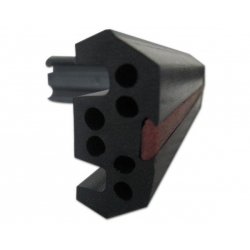
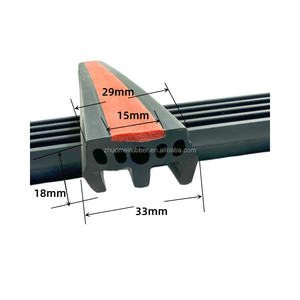

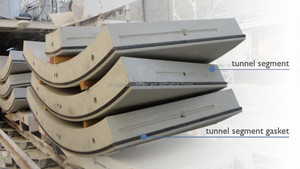
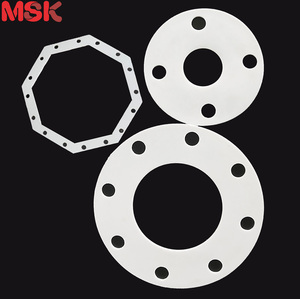








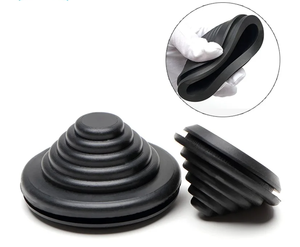





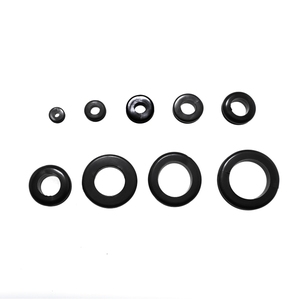

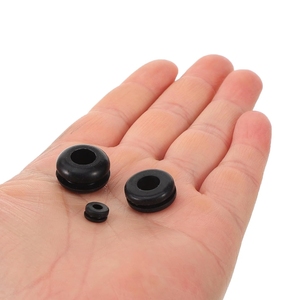





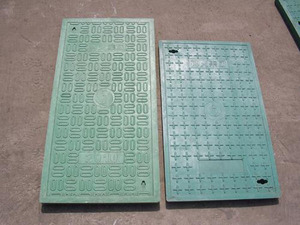

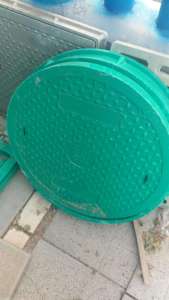



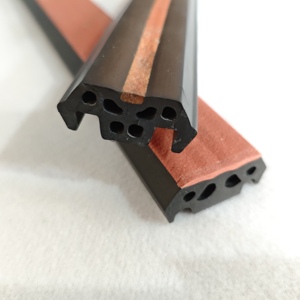

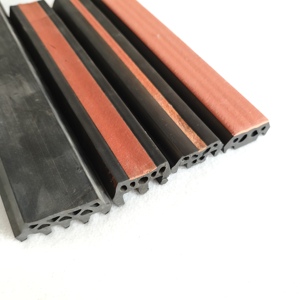






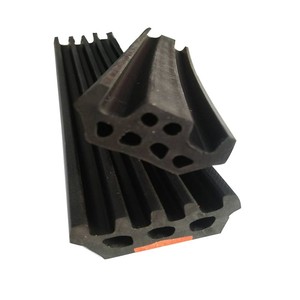

A tunnel segment gasket is used in tunnel constructions to seal the segmental rings that form the walls of the tunnel. Their main job is to ensure that water, air, and other elements do not penetrate through the gaps in the rings, affecting the structural integrity and functionality of the tunnel. Sometimes, gaskets are also called elastic seals or water stop. They are made from materials that can compress and fit tightly into the small spaces found in tunnels. They come in different types, each catering to specific needs as outlined below.
These gaskets can be easily compressed to fit in any shape of the segmental ring gap. This ensures a tight seal no matter how much the tunnel structure may shift or change over time.
As the name suggests, these gaskets are made in specific shapes that are used for defined projects. They are often moulded to match certain tunnel designs for better fitting. They are more rigid than flexible gaskets and are mostly used when the seal's shape does not need to change.
As the name suggests, these are specially designed to prevent water ingress. Usually used in tunnels prone to high moisture levels. They are often thicker or made of more durable rubber-like materials.
These are made of some of the toughest materials to absorb vibrations from passing trains or vehicles. This helps minimize wear on the gaskets themselves and the tunnel structure.
Tunel gaskets are made from a wide variety of materials to fit different applications. Factors affecting their durability include the internal and external environment. Below are some common materials used to make gaskets and their typical service life. As mentioned above, environmental factors that affect their durability include exposure to chemicals, extreme temperatures, or mechanical wear.
These flexible rubber-like materials are often used because they can stretch to fit and then return to their original shape. This makes them ideal for sealing against water ingress. Common elastomers include natural rubber, neoprene, and EPDM.
For extra durability, especially in high-pressure or vibrating environments, some gaskets have steelreinforced. This can be in the form of a mesh embedded in the rubber or a thin layer of steel sandwiched into the gasket. These gaskets are often used in tunnels that carry heavy rail transport.
Cheap segment gaskets made from graphite provide excellent chemical resistance. They can withstand extreme temperatures without degrading. They typically last anywhere from 10 to 20 years.
These synthetic gaskets are extremely wear-resistant. This property makes them ideal for high-impact sealing applications. Tunnels that experience frequent seismic activity or heavy machinery use these types of gaskets. They have a service life of up to 10 years.
Fiberglass gaskets are often used for high-temperature applications, such as tunnels near geothermal activity or industrial processes. They provide excellent thermal insulation while maintaining a tight seal. They typically have a service life of 15 years.
The gaskets have varied uses depending on the environmental conditions and the tunnel's purpose. Below are some common scenarios where segmental tunnel gaskets are useful.
Gaskets play a key role in water supply tunnels. It is because they tightly seal against water ingress to prevent leaks. The Waterproof gaskets are typically thicker and specifically designed for high-moisture environments. They ensure that no water escapes from the tunnels, which could lead to structural damage. Common tunnel segment gasket problems include premature degradation due to prolonged exposure to water or failure in seams – this often occurs when continuously subjected to hydraulic pressure. Also, gaskets that are too worn or cracked can cause seepage, leading to rust formation on metallic tunnel interiors. This not only damages the tunnel structure but also affects water quality for consumption.
These tunnels have gaskets that mostly deal with keeping dust and air from entering the tunnels. These tunnels experience high vibrations from trains, necessitating the use of specially designed vibration-damping gaskets. These go a long way in protecting the tunnel structure and ensuring ride comfort for passengers. A tunnel segment gasket wear and tear in the metro and rail tunnels is mostly caused by dust and debris. These two elements are frequent in these kinds of tunnels. Their presence causes the gaskets to wear faster than normal. Secondly, vibrations from passing trains also cause any loose debris or dust to act like sandpaper against the gasket material. This wears it out. Other than that, extreme vibrations can also cause fatigue cracks in the gaskets as well.
These segment gaskets are mostly used to keep exhaust fumes from entering the tunnel walls and affecting air quality. In these kinds of tunnels, tunnel segment gasket replacement is done regularly to ensure they maintain the proper seal. Signs of gasket wear in road tunnels vary depending on tunnel age and volume. Older tunnels typically experience more fatigue due to age. Inroad tunnels, gaskets must be more rigid compared to metro tunnels because road vehicles cause fewer vibrations than trains.
When purchasing gasket/tunnel segment gasket sets, there are several aspects buyers need to consider. Below are some of them.
Buyers should consider the types of materials used to make the tunnel gaskets they plan to buy. This is because different materials have different sealing properties and endure varied environmental conditions. For instance, rubber/ elastomer gaskets are often ideal for tunnels that require a dust or air seal. This is because they can compress and fit tightly into the segments. On the other hand, the graphite gasket tape is suited for tunnels exposed to high temperatures or chemicals. This is because they have excellent resistance.
If the buyer is purchasing gaskets for a particular project, they should ensure the gaskets have the correct tolerance levels. This is because gaskets with the wrong tolerances may create weak spots on the seal, leading to leaks finally. Also, they should ensure the gaskets' material can withstand the specific chemicals that may come in contact with them. For tunnel maintenance or repair projects, buyers should procure gaskets to replace the damaged ones. In such a case, they should get the gaskets in common standards. This is because it will ensure the new gaskets fit in the already existing places.
It is essential for buyers to purchase durable gaskets, especially if they are for a long-term project. Overall, long-lasting gaskets mean less maintenance and replacement costs. Additionally, long-lasting gaskets typically provide consistent sealing performance throughout their lifespan.
Mostly, they are replaced when they can no longer perform properly. In road tunnels, the most common reason for gasket replacement is wear and tear from vehicle exhaust fume exposure.
One of the most obvious signs of wear is visible deterioration. This could be cracks, or pieces of the gasket material breaking off. Another sign of wear is a noticeable drop in air quality within the tunnel. This is usually accompanied by an increase in noise levels. Operators should also keep an eye on any leaks near the joints between segments. This is because minor leaks can eventually grow bigger.
Yes. Rapid heating and cooling cycles can cause thermal expansion and contraction of both the gaskets and tunnel lining. Sometimes, this leads to micro-fractures in either.
The average gasket lifespan is highly affected by the tunnel's air temperature and humidity levels. It also depends on the volume of traffic within the tunnels.